What Is Light Performance?
Light performance is the visual effect created by the play of light as it enters and exits a diamond, moving, bending and reflecting within the stone's facets. Light performance is a unique concept to diamonds. Unlike other gemstones, a diamond’s appearance is directly impacted by the way it interacts with light. Light performance can be measured and graded using advanced technologies that determine how well the diamond reflects light back to the eye of the viewer in different ways. For example, the Brilliance measurement denotes the intense bright light that shines from the diamond, whereas the Fire measurement denotes the vivid rainbow colors that emanate from within the diamond.
The Trouble with Understanding Diamonds
For the lay consumer, choosing a diamond is no easy feat. Apart from experienced jewelers or educated professionals with a well trained eye, most people find it extremely difficult to tell diamonds apart. The average buyer is left with a lab report, and the help of the sales person in the jewelry store - and little else to guide them in understanding the quality and price difference between various diamonds. Of course, they could use a loupe, however this also requires technical experience and know how. And there are diamond imaging systems available that display the diamond as a virtual, magnified image. This can help the customer see the diamond in more detail, but it still won’t give them a proper explanation of the diamond’s appearance. Nor will it explain significant price gaps between diamonds that are visually more similar than different.
Light Performance - Making True Sense of the Diamond’s Appearance
The naked eye, a basic lab report, and even the reassurance of the sales rep may not be enough for a new generation of wary buyers. This is where light performance comes in.
Due to the physical structure of the diamond, light enters the stone, bends, and then exits again. As it reflects back to the eye of the viewer, the light creates a certain play that determines its ‘performance’ in the light, and gives the diamond its unique appearance.
The diamond cut plays a significant role in how the diamond performs in the light. For example, if a diamond is cut too shallow, the light leaks through the bottom, and won’t effectively reflect back to the viewer. On the other hand, a diamond that is cut too deep will lose the light in the structural depth.
Other geometrical features also affect the diamond’s performance in the light. For example, diamonds that have a dull color will not reflect light as effectively as brighter, clearer diamonds. Also, internal flaws and inclusions can block light waves, or hamper the reflection of light, depending on their size and location.
Due to the many variables, even tiny ones, that can significantly impact a diamond’s light performance, it is necessary to use a standardized light performance measurement system that can properly define the light performance via a range of parameters, and assign a grade that indicates where the diamond sits on the scale from high performance to low performance.
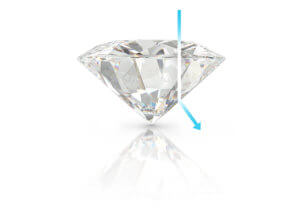
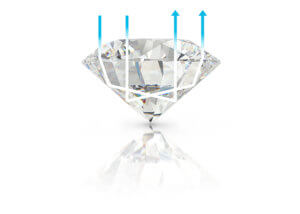
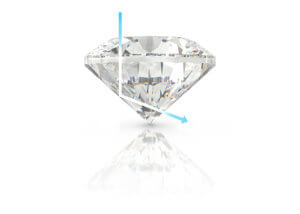
The Light Performance Scale: Grading Diamond Beauty
Years-long technological research resulted in the determination of 4 ways that the diamond’s interaction with light can be measured and quantified. They are Brilliance, Sparkle, Fire and Light Symmetry.
Each of these parameters are weighted and combined in order to determine a diamond’s overall light performance grade. This grade enables retailers to classify and price diamonds according to their actual, objective visual performance, rather than via technical gradings that are difficult to understand in the real world.
It also enables customers to purchase the most visually beautiful diamond within their budget. For example, see the details of the two diamonds in the chart below. Which is the best choice? It's a tough decision,based on this data alone.
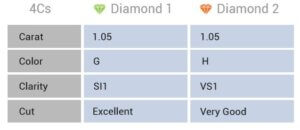
Light performance grading clarifies the decision making process. Based on the 4 light performance parameters, and the overall performance grade derived from a weighted combination of the parameters, the result is that one diamond will be shown to have better light performance than the other. Whereas the 4C grades make the choice ambiguous, the addition of a light performance grade gives clear, standardized and objective guidance of the diamond's visual quality.
Light performance has been coined “the 5th C”. It’s been heralded as the new way to grade diamonds. Light performance is all this and more. It is in fact a revolutionary way to grade a diamond’s actual visual appearance. It is a diamond evaluation method that has real world application on the sales floor, helping sellers to help their customers make a better diamond decision.
Want to know more about the science and development of light performance grading? Download the free whitepaper.


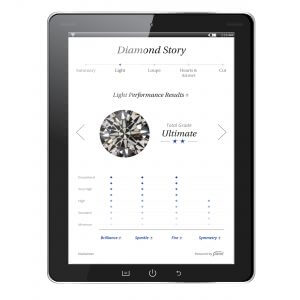


-1.jpg?width=310&name=blog_image%20(003)-1.jpg)





